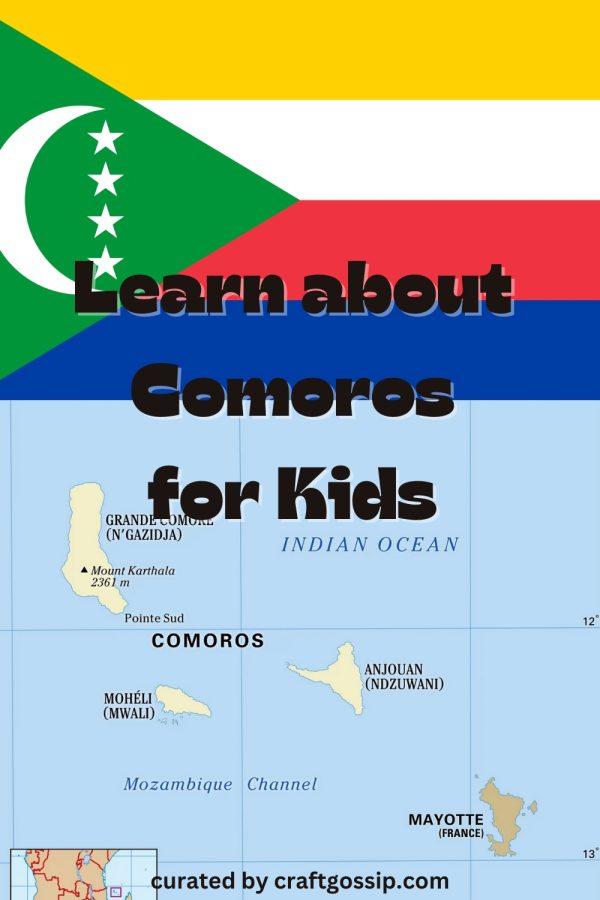Find and foster’ at the heart of new development program.
Following the launch of Season 2012 on the weekend, Queensland Theatre Company is calling for tomorrow’s talent, today, with the announcement of the inaugural QTC Youth Ensemble Program and a call for auditions.
The QTC Youth Ensemble is a year-long program, created by QTC Artistic Director Wesley Enoch, to find and foster Queensland’s stage stars of the future, focusing on nurturing the talents of Queensland’s high school students.
Audition applications close on January 8, 2012, with only 40 students to be selected for the program, one which will parallel QTC’s mainstage program, and will result in two productions during the year, to be staged as part of the GreenHouse program.
“Queensland is a fertile land for artistic talent…we have wonderful musicians, poets, writers, dancers and actors all over our state, some already celebrated and working across the globe but the vast majority are sitting in classrooms dreaming of their futures.” Wesley said.
“The QTC Youth Ensemble is our way to find and foster the future of Queensland’s acting talent. It’s unique as it supports actors from a young age and sets them up for their future and ours.” Wesley Said.
As well as receiving invaluable guidance from some of Australia’s most respected theatre professionals, the young people chosen will perform in two productions in July and again in September– staged as part of the QTC’s GreenHouse Program for 2012.
Next year the Bille Brown Studio will morph into The GreenHouse – an incubator of art, ideas and exploration representing the next stage of QTC’s 2011 Studio Season. “The GreenHouse will spring to life in May, July and October with performances, forums, workshops and creative developments, and will be home to an artists’ lounge, giving audiences and performers the chance to meet, talk and hear live music,” said Wesley. “It will also be the home of the QTC Youth Ensemble.”
Audition applications close on January 8, 2012 with the program being run after school and on weekends so not to disturb high school curriculums. Cost will be $400 per term for juniors (grades 9 and 10) and $500 for seniors (grades 11 and 12) with scholarships for the entire year available to applicants who excel in their auditions and interviews. Ensemble members will also receive a QTC Season 2012 Ticket.
Auditions will be held 16-22 January 2012 at Queensland Theatre Company, 78 Montague Rd South Brisbane. For more information go to www.queenslandtheatre.com.au or call Julia-Rose Lewis,Youth Program Officer on 07 3010 7606 or email [email protected]

